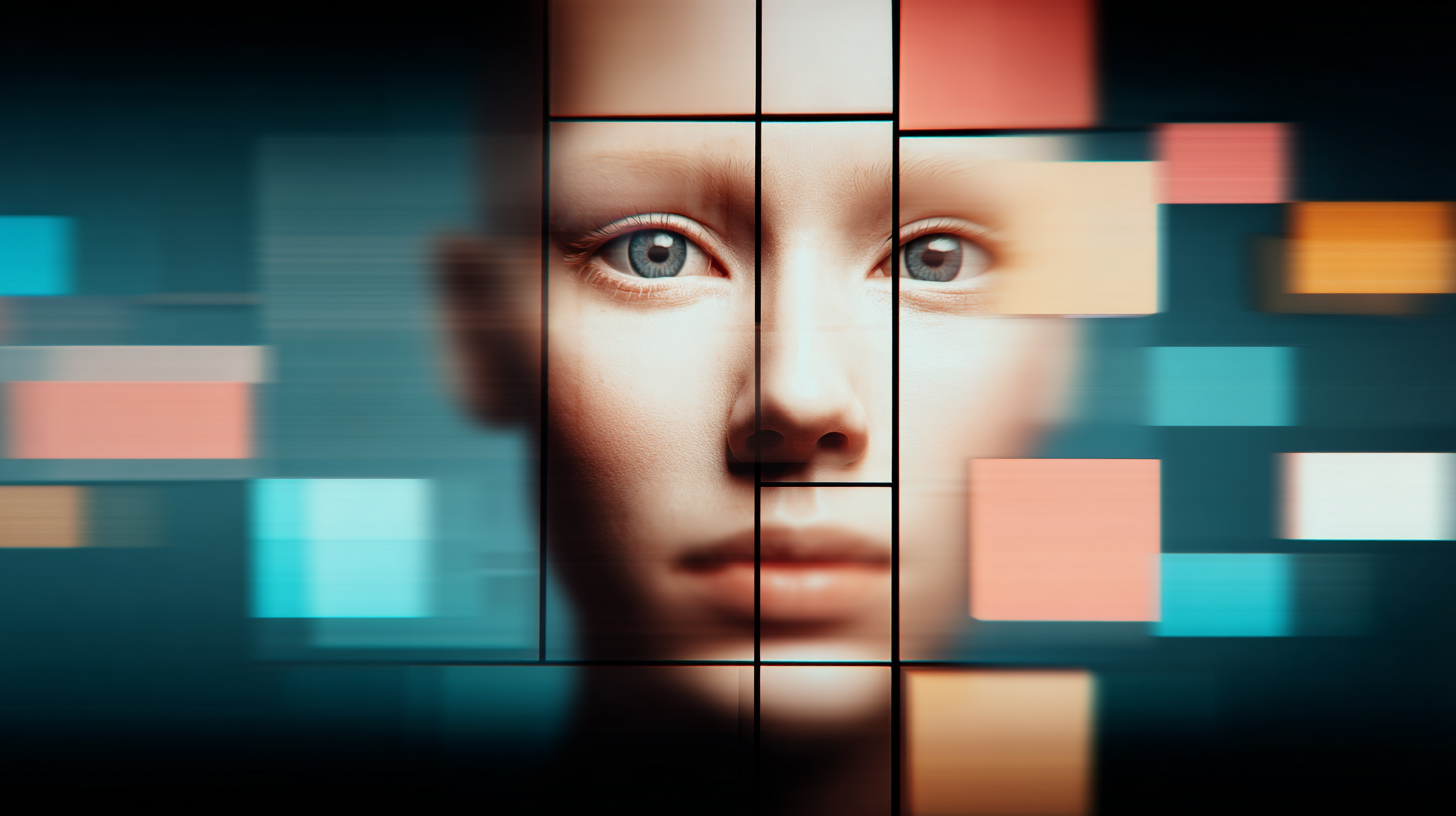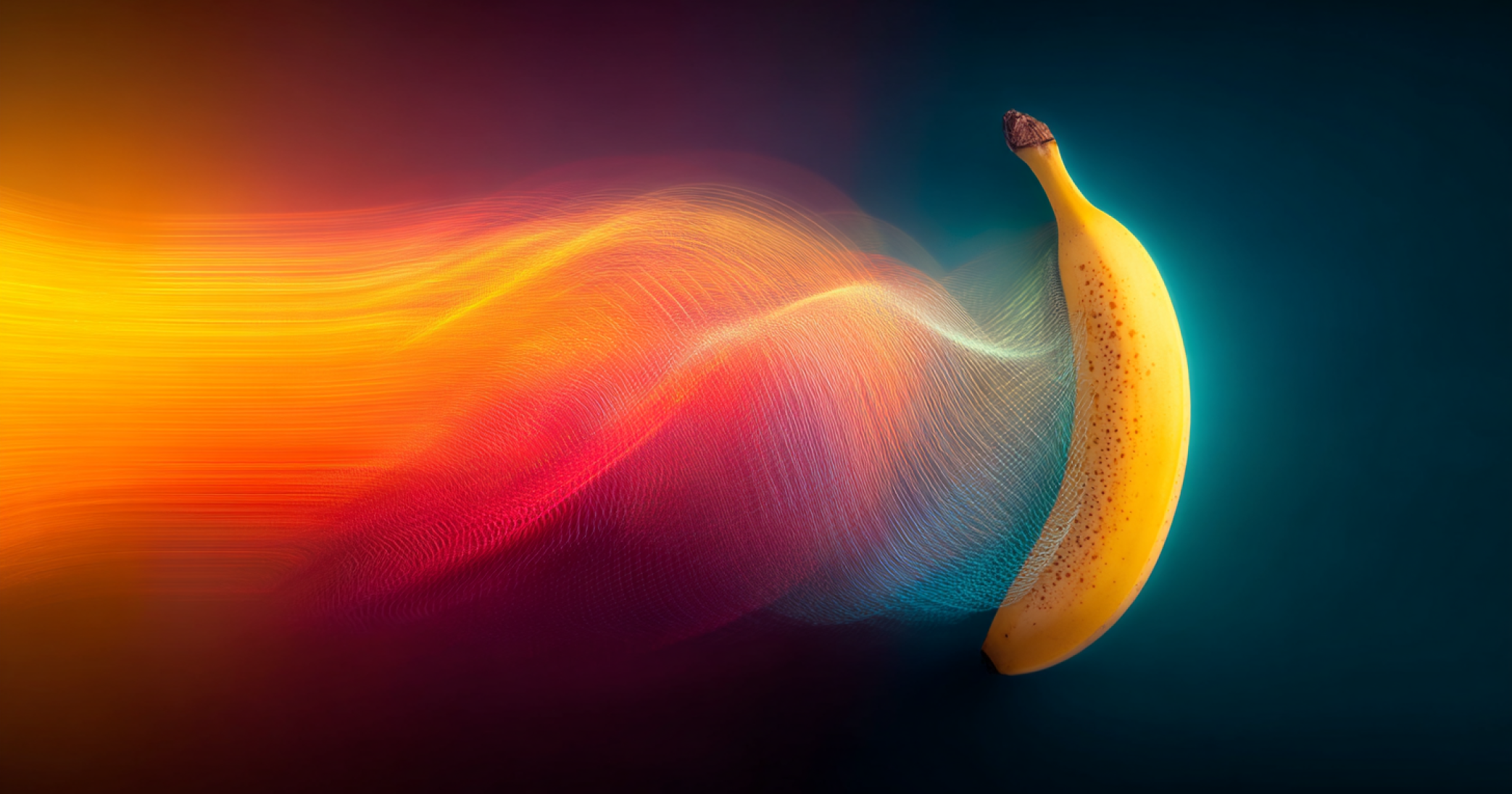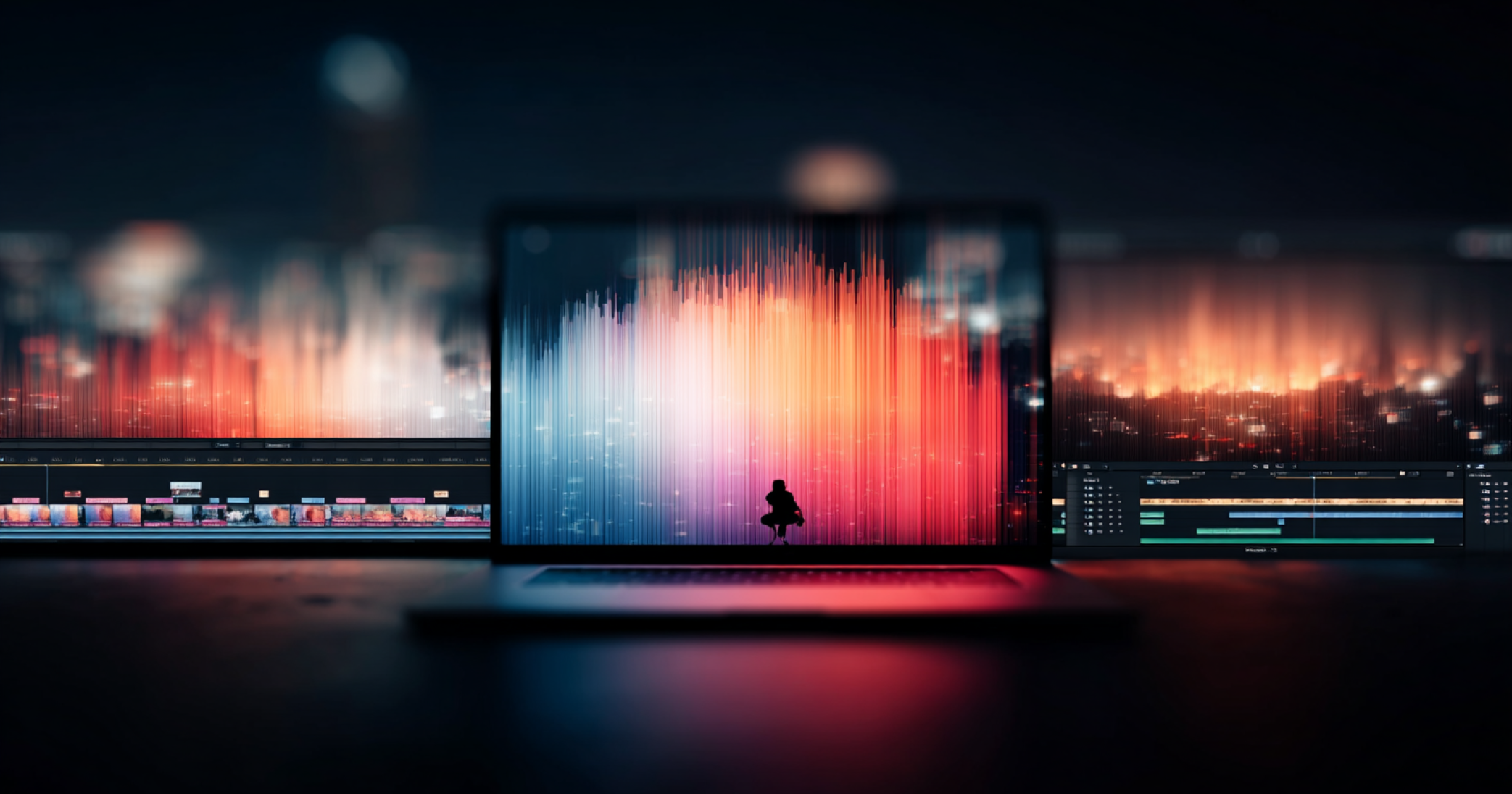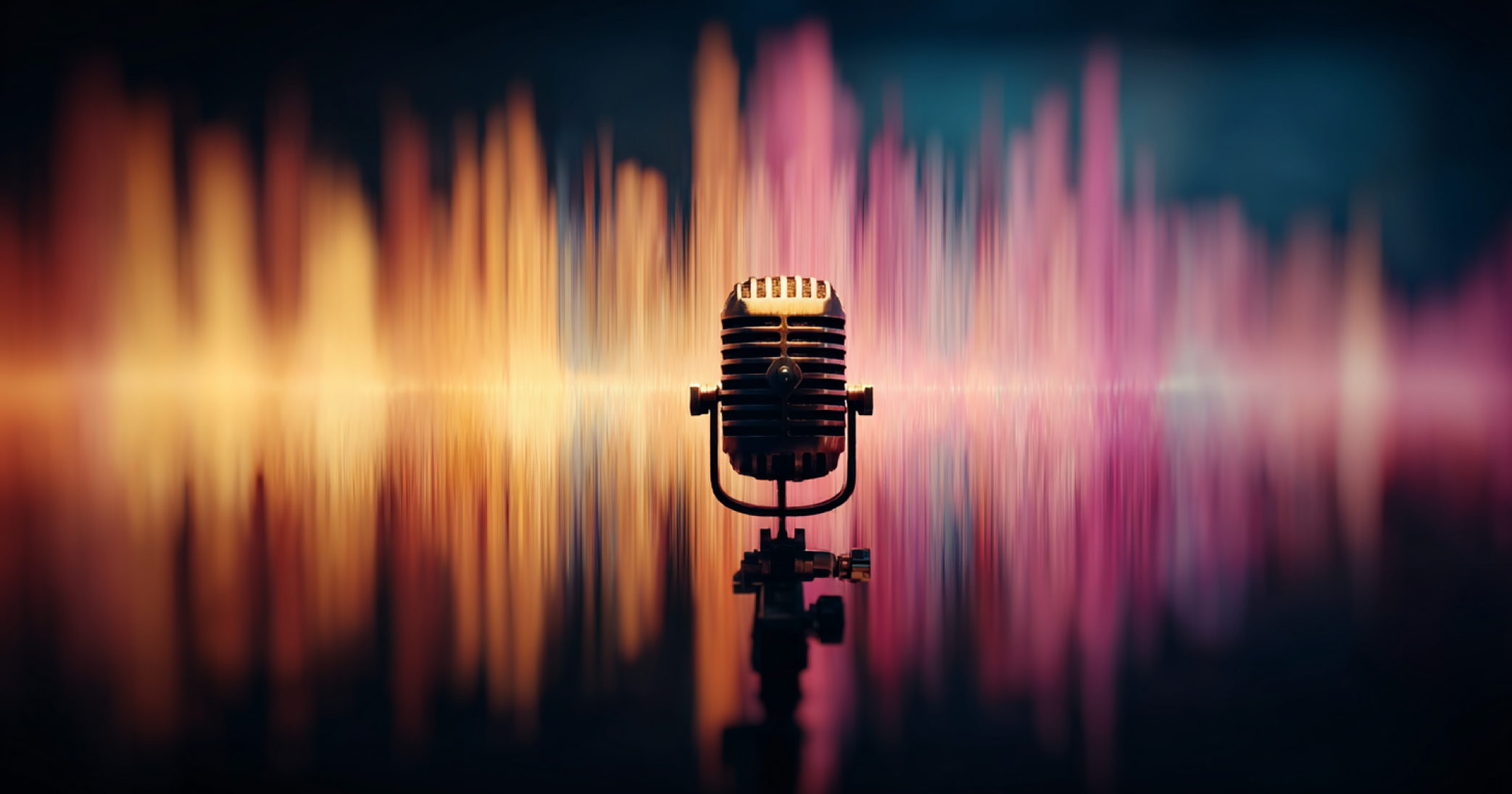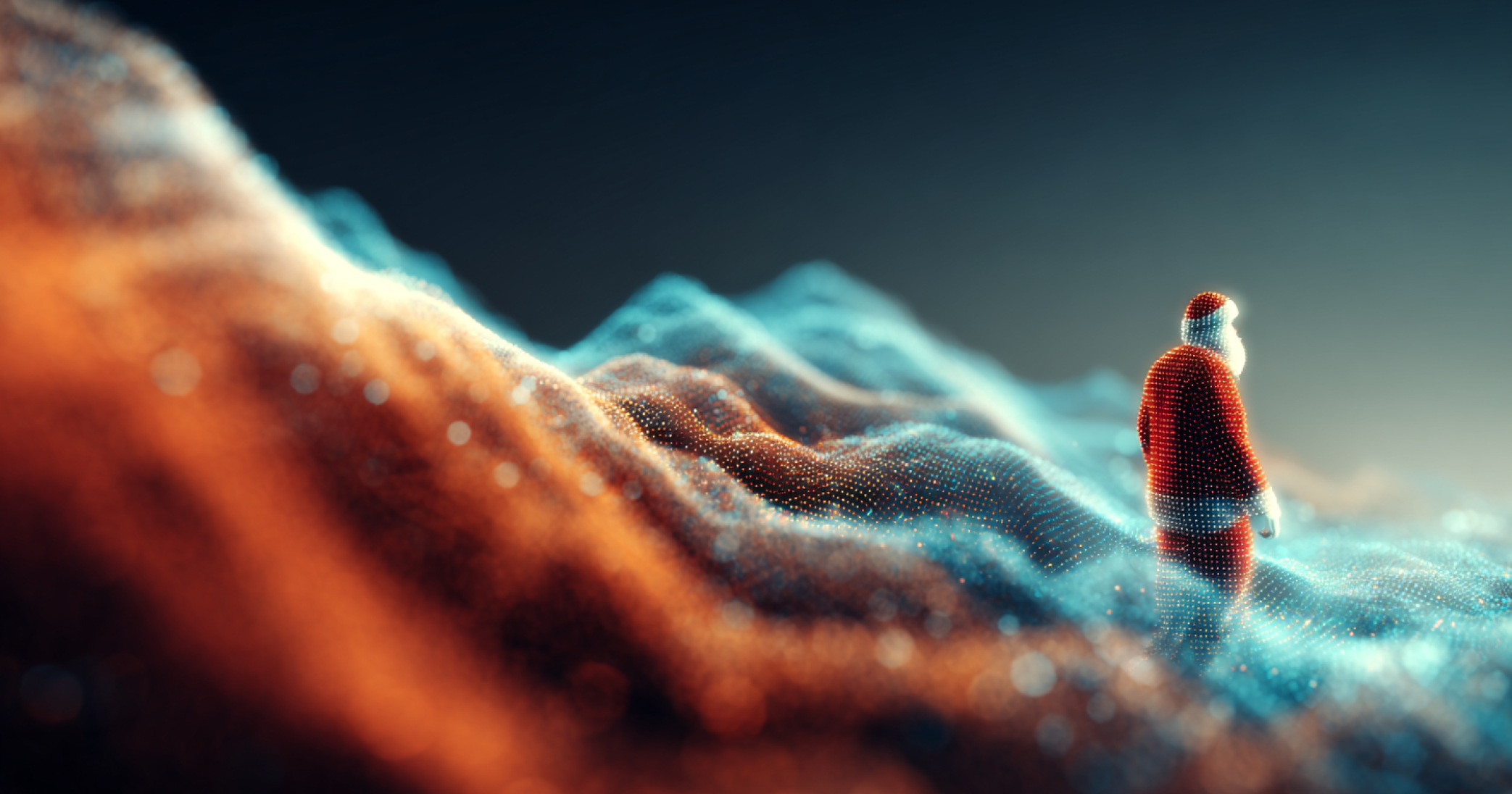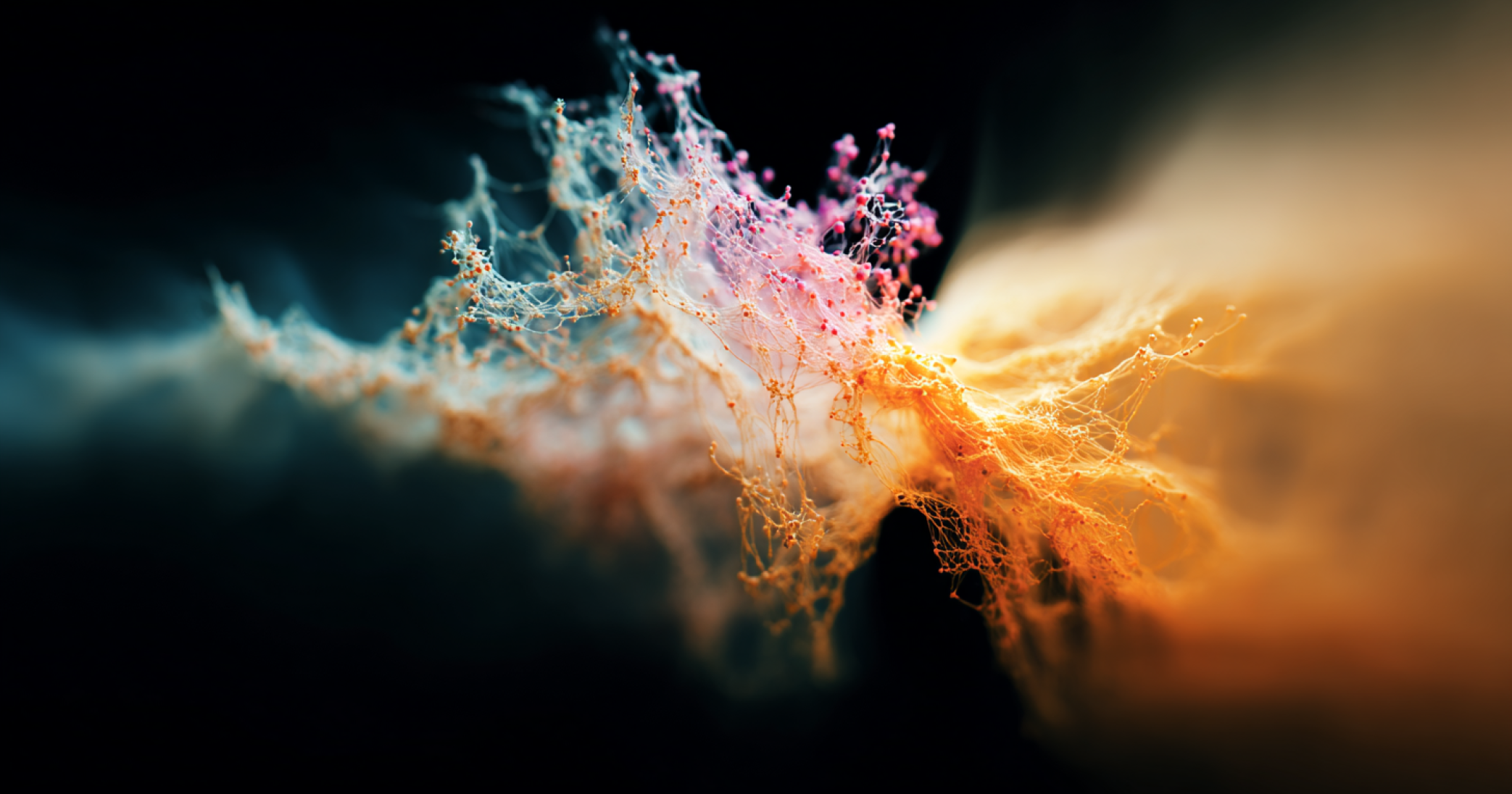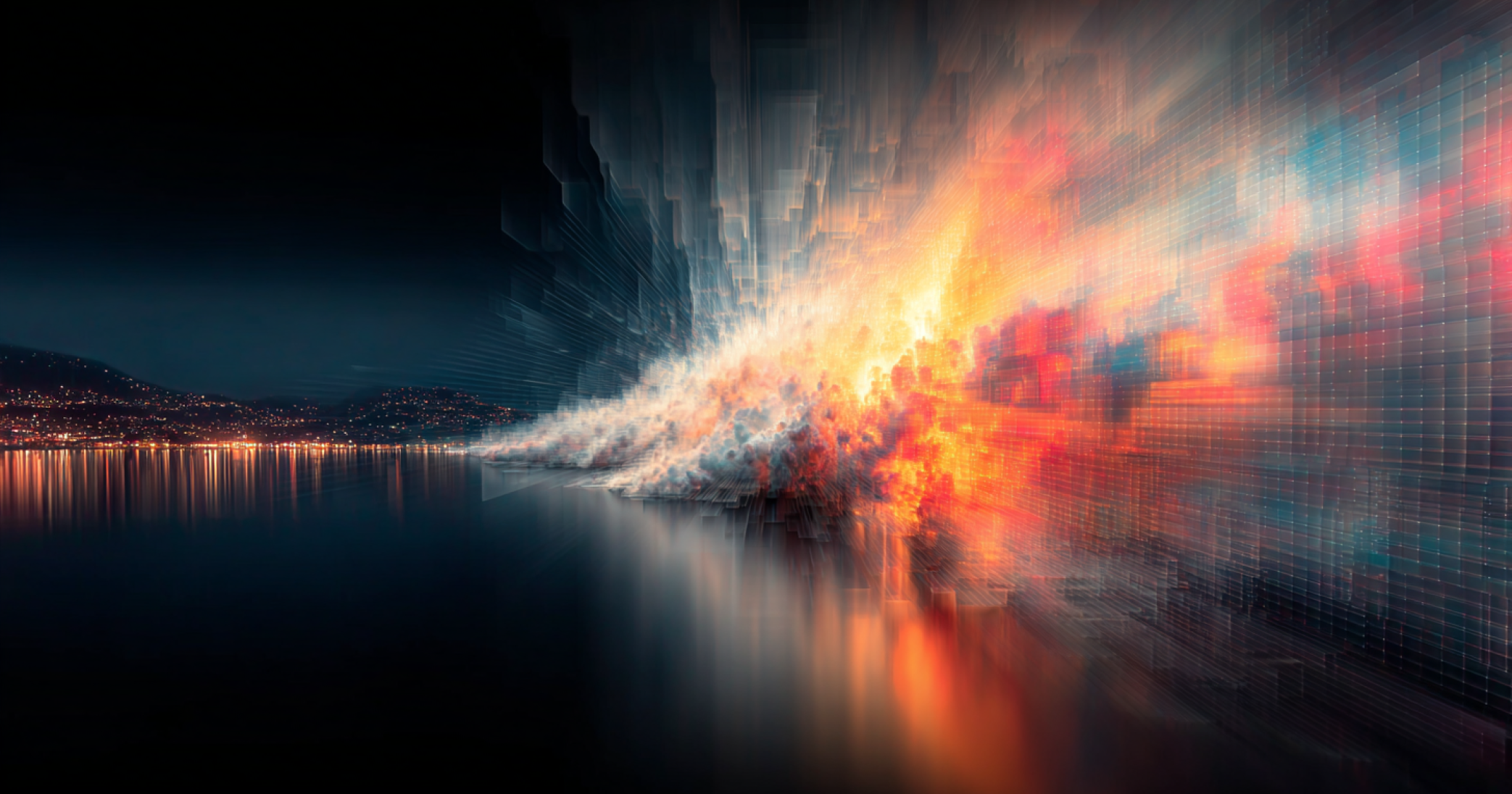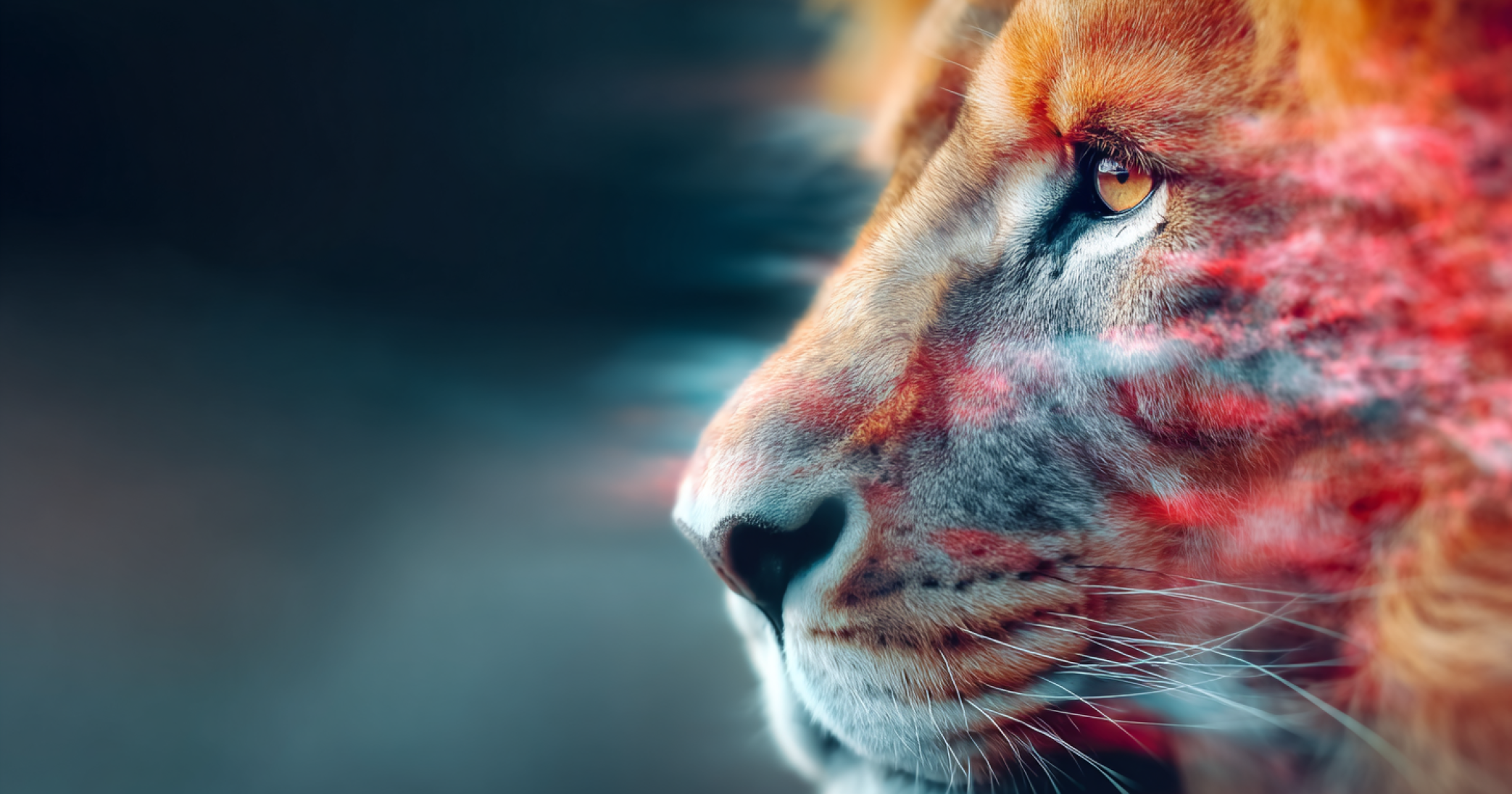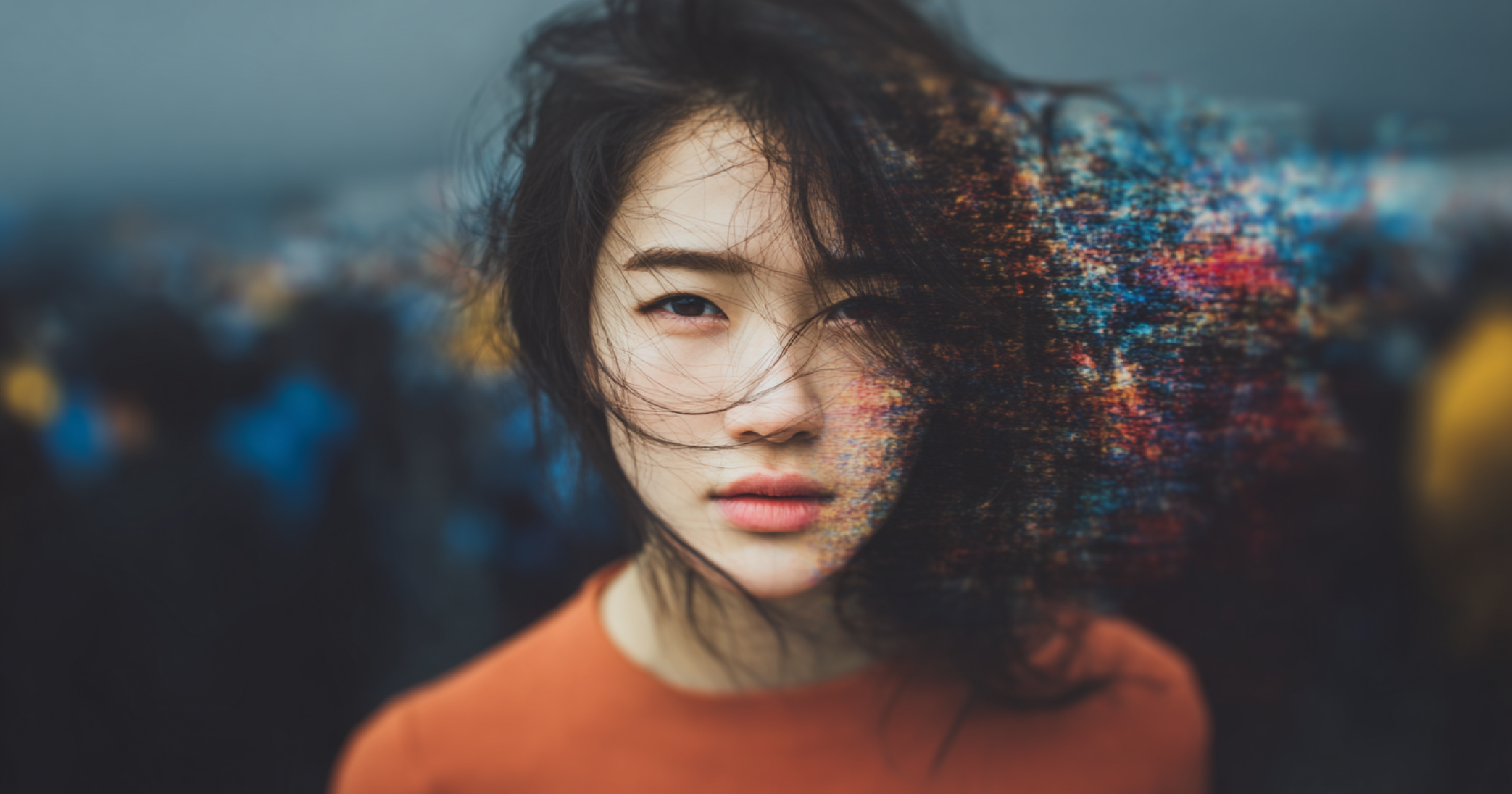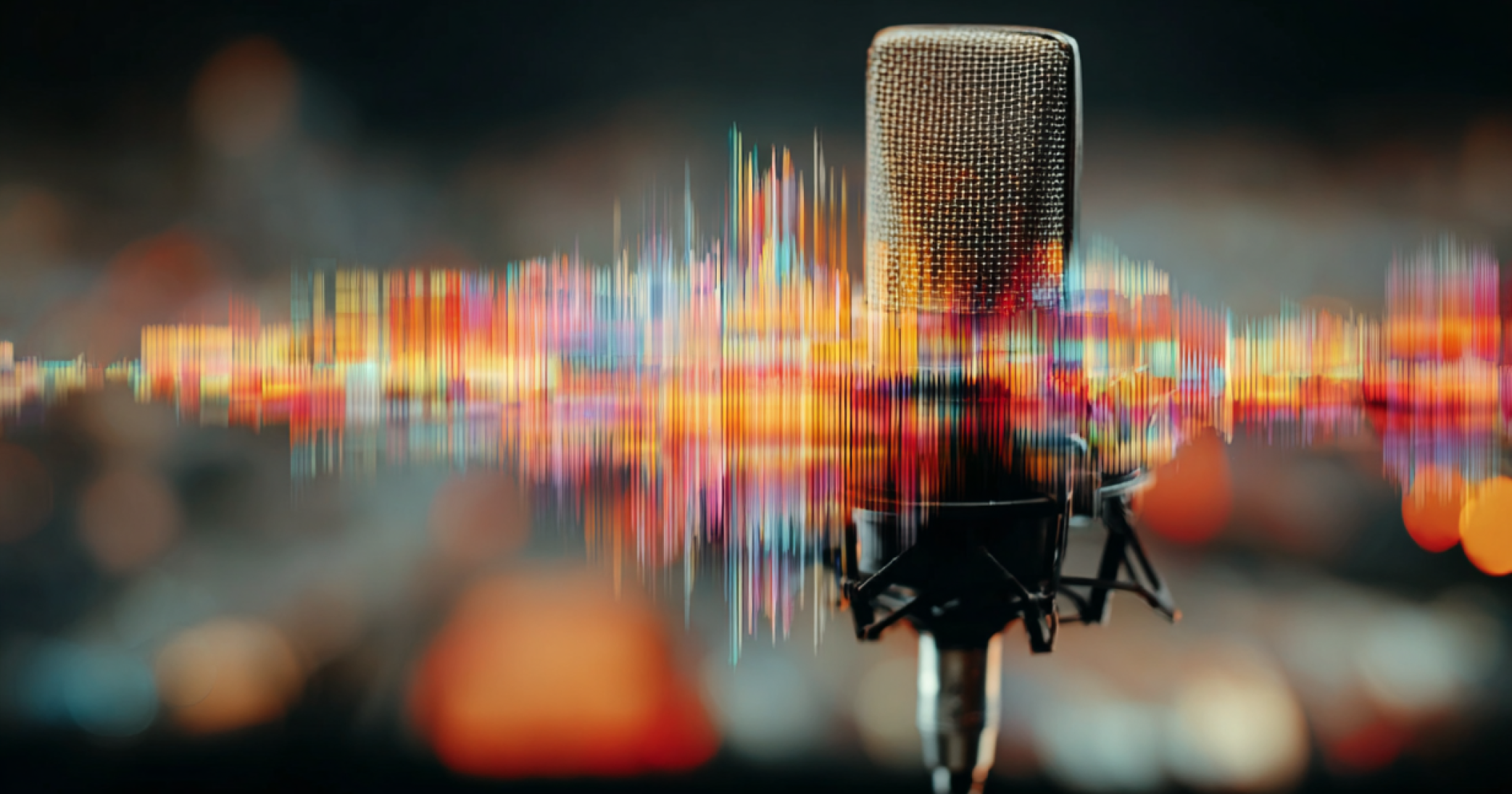It was a moment millions of creatives around the world had been waiting for. On June 18, 2025, Midjourney finally broke the barrier between static images and moving worlds. After years of undisputed dominance in the realm of AI image generation, the company took the decisive leap into a territory previously dominated by tools such as Veo, Runway, and KlingAI.
The announcement of Video Model V1 is more than just a product expansion. While other companies focus on photorealistic perfection, Midjourney remains true to its signature approach: art over realism, creativity over conformity.
Introducing our V1 Video Model. It's fun, easy, and beautiful. Available at 10$/month, it's the first video model for *everyone* and it's available now. pic.twitter.com/iBm0KAN8uy
— Midjourney (@midjourney) June 18, 2025
The vision behind the revolution
Midjourney is not just any AI company. With over 20 million loyal users, it has established itself as synonymous with artistic excellence in the digital world. Every image that emerges from the company’s algorithms bears a distinctive signature—a blend of surreal beauty and technical brilliance that has art critics raving.
But CEO David Holz is already thinking far beyond what is possible today. His vision is as ambitious as it is fascinating: “What you may not know is that we believe the inevitable destination of this technology is models capable of real-time open-world simulations.” Spoken with the calmness of a visionary who already sees the future, these words describe nothing less than the creation of fully interactive, AI-generated worlds.
Imagine: a digital universe that emerges in real time as you explore it. Environments that respond to your thoughts, characters that develop real personalities, and stories that never repeat themselves. The V1 video model is the first crucial step on this journey—the moment when static art begins to breathe.
How magic works: The image-to-video approach
While the competition tries to create videos from scratch, Midjourney takes a more elegant approach. The V1 model transforms existing images into living scenes—an approach that seems so natural, you wonder why everyone doesn’t do it.
The process is amazingly simple: you select an image from your Midjourney collection or upload your own, click “Animate,” and within minutes your static creation comes to life. The system generates four different variations, each about five seconds long—enough time to convey a mood, hint at a story, or simply enchant.
But the real magic lies in the details. Midjourney offers two motion modes, each with its own personality. Low Motion mode is like a gentle breath – subtle, atmospheric, perfect for portraits where only the eyes blink or hair blows in the wind. It’s the kind of animation that makes you pause because it looks so natural that you forget it was artificially generated.
High Motion mode, on the other hand, is pure dynamism. Here, the camera and subject dance together, creating cinematic sequences reminiscent of Hollywood productions. Of course, this complexity occasionally presents challenges – sometimes artifacts or unexpected movements occur. But even these “mistakes” often have an artistic charm that is typical of Midjourney.
For those who want more control, the system offers manual prompt input. Here, you can describe precisely how you want your scene to unfold – from subtle camera pans to dramatic transformations. And if five seconds isn’t enough, you can extend your videos in four-second increments up to a maximum length of 21 seconds.
The price of innovation: accessibility redefined
If there’s one thing that sets Midjourney apart from the competition, it’s its radical accessibility. While other providers position their video AI as a luxury product, Midjourney makes it affordable for everyone. With a starting price of just $10 per month, V1 is over 25 times cheaper than comparable offerings on the market.
This pricing isn’t just a marketing ploy – it’s a philosophy. Holz and his team believe that creative tools should be accessible to everyone, not just large studios or wealthy individuals. The 3.3 hours of GPU time included in the basic package is enough for around 200 image generations or 25 videos – enough for most creative projects.
Of course, this generosity comes at a price. Videos consume about eight times more resources than images, which means that intensive users may need to upgrade. But even the higher rates remain affordable, democratizing a technology that, just a few months ago, existed exclusively in the labs of tech giants.
David vs. Goliath: The battle of the titans
Midjourney’s entry into the video market is like an artisan appearing at an industrial trade fair – unconventional, but irresistible. While OpenAI’s Sora impresses with technical perfection and produces videos of up to 60 seconds in breathtaking quality, Midjourney focuses on something else: soul.
Sora is undoubtedly impressive. The videos it produces are so realistic that they are almost indistinguishable from professional film footage. The physics are spot on, the lighting is perfect. But this perfection also has a certain coldness to it – a technical brilliance that sometimes lacks a human touch.
Google’s Veo 3 takes a similar approach and even surpasses Sora in some areas. The cinematic quality is breathtaking, the camera movements are precise, and the integration of audio makes the videos a complete experience. For filmmakers who need professional results, Veo 3 is hard to beat.
But Midjourney is playing a different game. Where others strive for realism, Midjourney creates dreams. The distinctive aesthetic that millions of users have come to love translates seamlessly into the world of video. Every frame bears the unmistakable Midjourney signature—a blend of artistic vision and technical innovation that is uniquely its own.
But Midjourney’s real advantage lies in its integration. For the millions of users who already have an extensive collection of Midjourney images, V1 isn’t just a new tool – it’s the natural evolution of their creative journey. They can bring their existing work to life without having to learn new workflows or get used to different aesthetics.
Midjourney now does video, and, like Midjourney itself, its advantage is that it has features that allow you to create styles that are hard achieve with other video creation tools & feel less like standard video pastiche
— Ethan Mollick (@emollick) June 19, 2025
Here are a bunch of five second clips I made, for example. pic.twitter.com/AObNX84dGI
The limits of what’s possible: An honest look at the limitations
Despite all the excitement, it would be dishonest to ignore the current limitations of V1. The model is an impressive first step, but that’s just what it is – a first step. The resolution is limited to 480p, which seems antiquated in a world of 4K displays.
But perhaps these limitations are also a strength. They force creatives to focus on the essentials – the movement, the emotion, the story that can be told in a few seconds. Sometimes the best works of art are created under constraints, not despite their absence.
The future is taking shape: more than just videos
What makes V1 really exciting is not what it can do today, but what it promises. Holz’s vision of “real-time open-world simulations” may sound like science fiction, but the roadmap is surprisingly concrete. The company plans systematic development in four phases: images (already perfected), videos (just launched), 3D models (in development), and finally real-time rendering.
Imagine what this future could look like: you describe a scene, and a complete 3D world emerges around you. You can walk through this world, interact with objects, meet characters who react to your presence. It would be like a video game, but one that adapts to your wishes and ideas in real time.
This vision is not only technically ambitious, but also philosophically revolutionary. It would blur the boundaries between creator and consumer, between reality and fiction, between art and experience. Midjourney would evolve from a tool to a platform, from a service provider to a partner in the creative process.
Shadows on the horizon: challenges and risks
But the road to this future is not without obstacles. The recent lawsuit filed by Disney and NBCUniversal casts a shadow over Midjourney’s expansion. Allegations of copyright infringement are not new in the AI industry, but they could slow down development or result in expensive litigation.
The technical challenges are just as real. Can Midjourney provide the server capacity needed to serve millions of users simultaneously? How will quality evolve as demand grows exponentially? And can a relatively small company keep up with the resources of tech giants?
These questions have no easy answers. But Midjourney has already proven that innovation doesn’t always depend on the size of the budget.
Sometimes all it takes is a clear vision and a willingness to break new ground.
The moment of truth: What V1 really means
After all the analysis and speculation, one simple truth remains: Midjourney V1 is a game changer, even if it’s not perfect yet. It democratizes a technology that was previously accessible to only a few. It expands the creative palette of millions of artists, designers, and visionaries. And it shows that innovation doesn’t always have to come from the biggest companies.
For existing Midjourney users, V1 is like a long-awaited gift. Finally, they can bring their static masterpieces to life without leaving their familiar environment. For newcomers, it’s an invitation to become part of a creative revolution that has only just begun.
The competition will get nervous. If a company like Midjourney can offer high-quality video AI for $10 a month, others will have to rethink their pricing strategies. The market will change, and that’s a good thing. Competition drives innovation, and innovation ultimately benefits everyone.
A new chapter begins
As I write these lines, thousands of creatives are already experimenting with V1, creating the first animated masterpieces and discovering possibilities that were unthinkable just a few days ago. Every video they create is a small step toward the future that Holz and his team envision.
V1 is not the end of the journey – it is the beginning. In the coming months, we will see improvements, new features, higher resolutions, longer videos. We will see how other companies respond, how the market evolves, how the technology develops.
But today, in this moment, we can simply marvel at what has become possible. Static images that come to life. Dreams that take shape. Art that breathes.
Sources
- Midjourney Official Blog: “Introducing Our V1 Video Model” – https://www.midjourney.com/updates/introducing-our-v1-video-model
- TechCrunch: “Midjourney launches its first AI video generation model, V1” – https://techcrunch.com/2025/06/18/midjourney-launches-its-first-ai-video-generation-model-v1/
- PetaPixel: “Midjourney Arrives in the AI Video Space With V1 Model” – https://petapixel.com/2025/06/20/midjourney-arrives-in-the-ai-video-space-with-v1-model/
- Beebom: “Midjourney Releases V1, Its First AI Video Generation Model” – https://beebom.com/midjourney-v1-ai-video-generation-model-launched/
- FelloAI: “Midjourney Video V1 Is Here! How Does It Compare to Google Veo 3 & OpenAI Sora?” – https://felloai.com/2025/06/midjourney-video-v1-is-here-how-does-it-compare-to-google-veo-3-openai-sora/
- Outlook Business: “Midjourney Launches V1 AI Video Model, Generating 5 Second Clips from Images” – https://www.outlookbusiness.com/artificial-intelligence/midjourney-launches-v1-ai-video-model-generating-5second-clips-from-images
- SiliconANGLE: “Midjourney debuts new V1 video generation model” – https://siliconangle.com/2025/06/18/midjourney-debuts-new-v1-video-generation-model/

